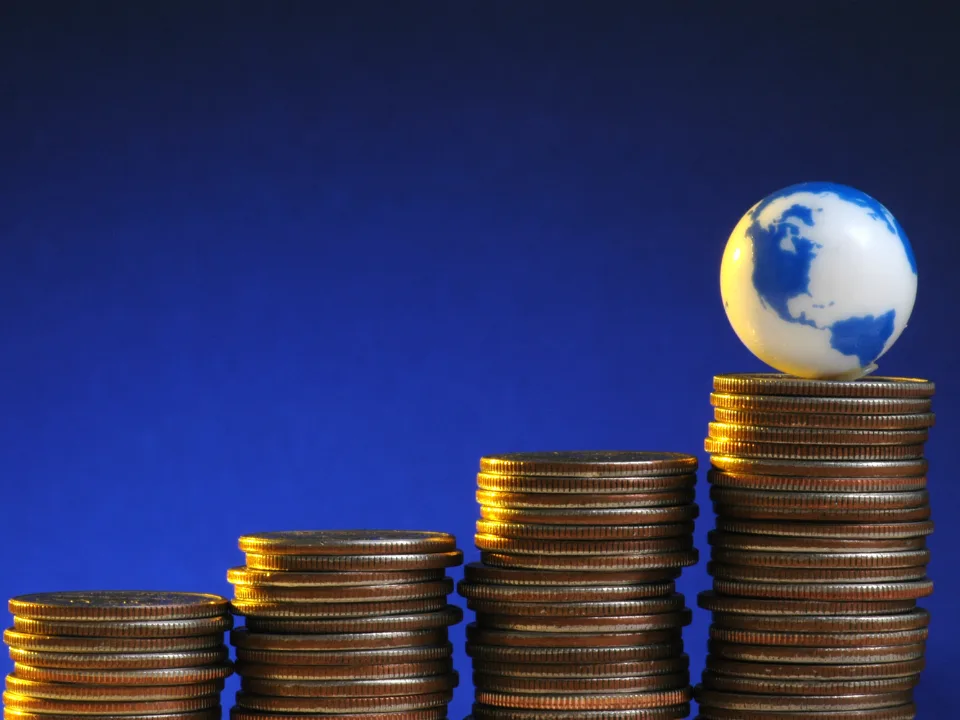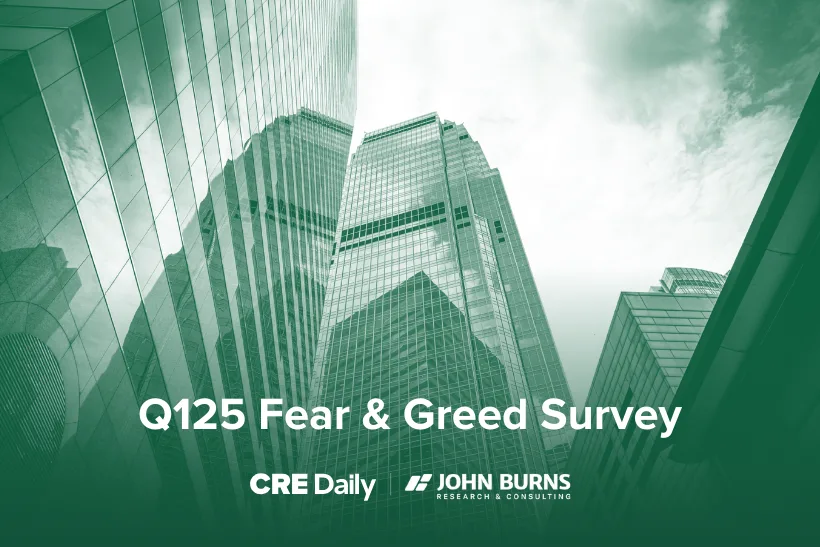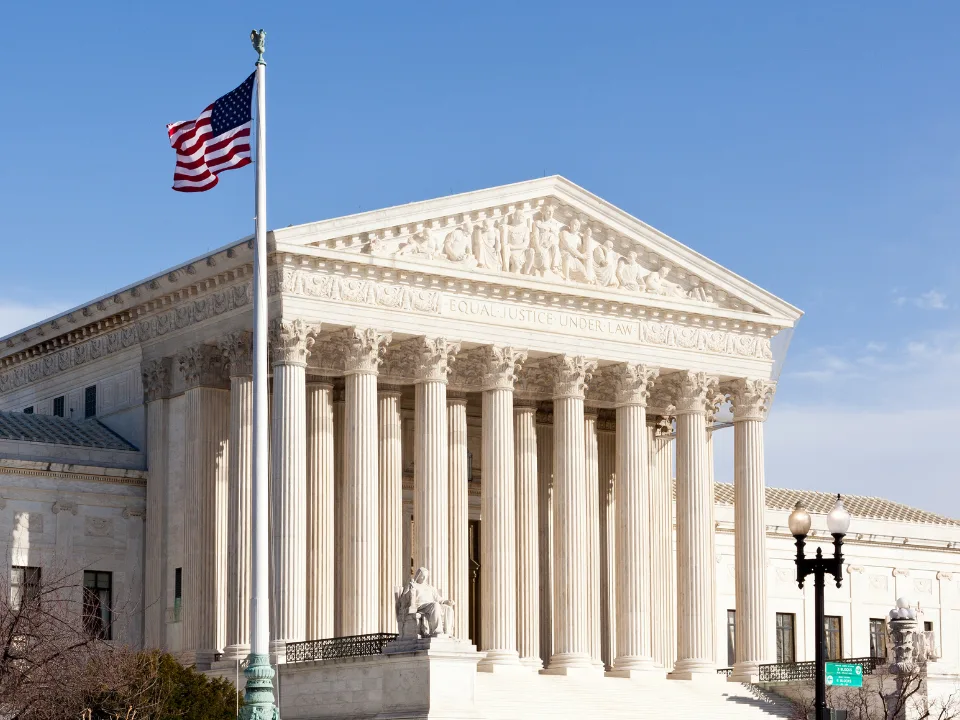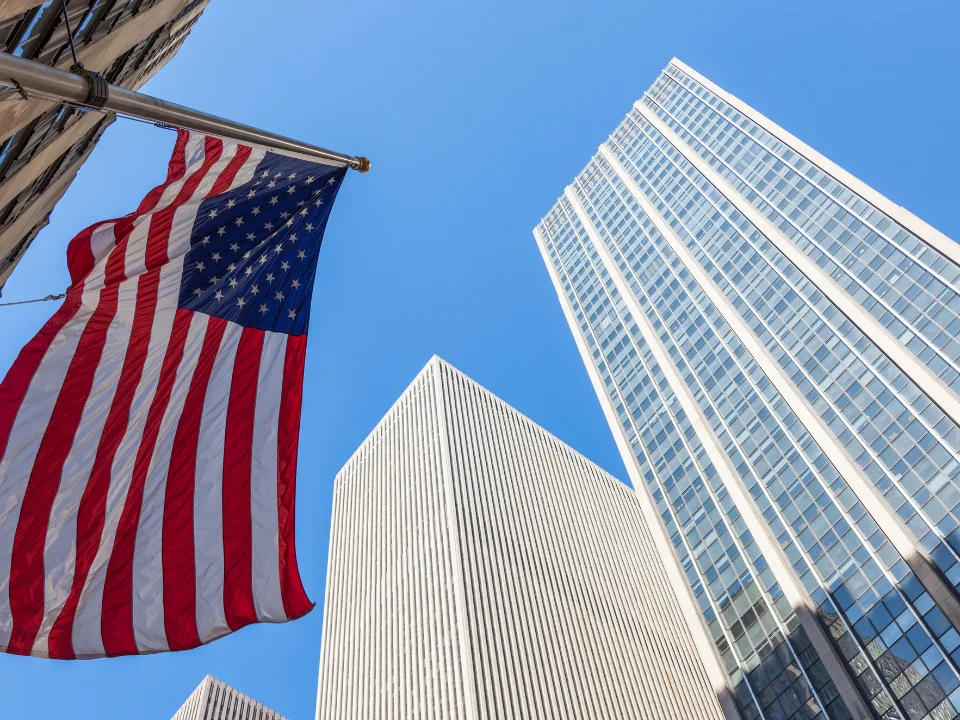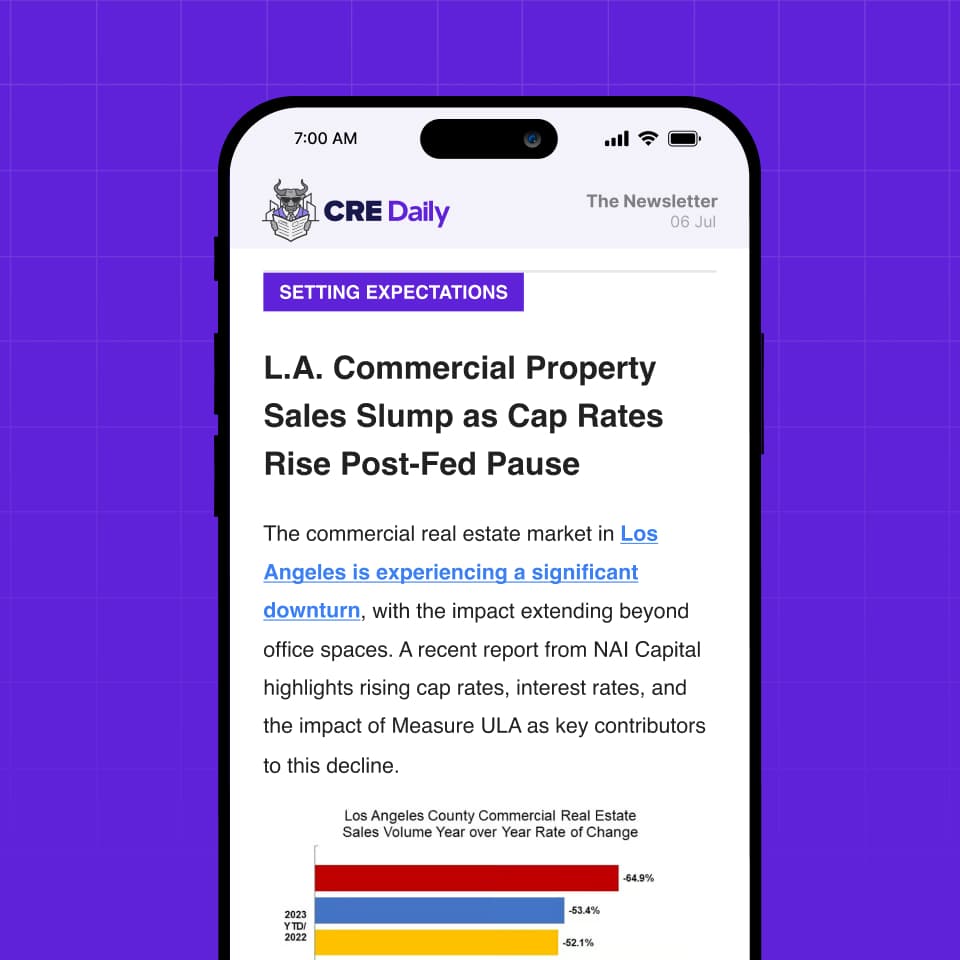- CoStar Group’s latest report indicates early signs of a recovery in commercial real estate, particularly in transaction volumes, cap rates, and vacancy rates.
- CRE cycles typically last 6–8 years, and the market may be in the early stages of a new cycle, with potential stabilization or even positive price changes by late 2025.
- While there are optimistic signs, risks such as rising inflation, changes in the 10-year Treasury yield, and broader economic conditions could still derail a full market recovery.
For years, real estate experts have cautiously predicted a commercial real estate recovery is just around the corner. A recent CoStar analysis finally offers a glimmer of hope, suggesting the CRE market might actually be at the cusp of a rebound.
But experts like Chad Littell, CoStar’s national director of US capital markets, warn that while certain indicators are moving in a positive direction, the path forward is fraught with uncertainty.
Signs of Recovery
According to CoStar, there are fundamental signs pointing to a potential market upswing. A key factor is the slowing rate of property value decline. Littell highlights that while prices dropped—some properties are down as much as 80% from their peak—the panic is starting to subside.
In fact, Littell notes that by 2Q24, the rate of value decline was already slowing, which sets the stage for potential stabilization or even a rebound by late 2025.
One critical indicator to watch is the market’s vacancy rates. Typically, vacancy rates peak when demand stagnates and supply dries up due to fewer new developments. When construction halts and demand picks up—whether gradually or suddenly—vacancy rates start to fall.
Get Smarter about what matters in CRE
Stay ahead of trends in commercial real estate with CRE Daily – the free newsletter delivering everything you need to start your day in just 5-minutes
Repeating Previous Patterns?
Littell draws parallels to the Great Financial Crisis, noting that the real estate cycle follows certain predictable patterns.
Historically, after a downturn, the market sees peaks in cap rates and a trough in rent growth. As this happens, vacancy rates typically peak, often signaling the worst of the downturn is over.
Once this cycle plays out, the market tends to shift back to recovery as the construction pipeline dries up, and demand (even at modest levels) begins to absorb existing space. With fewer new developments, supply tightens, and vacancies fall, creating new opportunities for investors.
Risky Road to Recovery
Despite the promising signs, Littell cautions that many risks remain. Inflation is one factor that could throw off the market’s recovery, especially if the economic policies under the Trump administration lead to higher-than-expected inflationary pressures.
Additionally, fluctuations in the 10-year Treasury yield, which impacts CRE borrowing rates, could significantly affect market dynamics.
These are just a few of the “cross-traffic” risks Littell suggests investors should be wary of. Even if vacancy rates begin to fall, it doesn’t guarantee a smooth recovery. Factors like geopolitical risks, interest rate changes, or inflationary shocks could quickly upend any progress.
Why It Matters
Looking ahead, 2025 could be a pivotal year for CRE recovery. While the early signs of stabilization in certain asset classes are promising, the market still faces a series of complex challenges. Inflation, borrowing costs, and shifting demand patterns all stand to shape the market’s future trajectory.
For investors, this means balancing optimism with caution—looking for opportunities to buy as the market stabilizes but staying aware of the risks that could derail growth.
As always, the key will be to monitor market fundamentals closely, keeping an eye on key indicators like vacancy rates, cap rates, and transaction volumes as 2025 unfolds.





